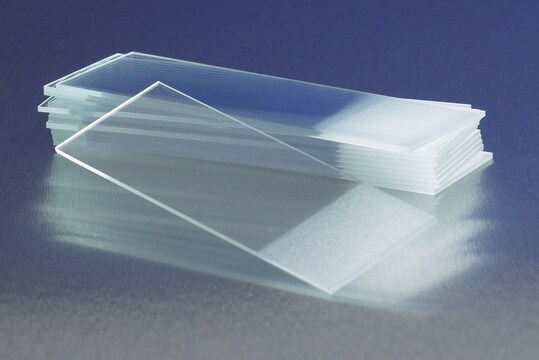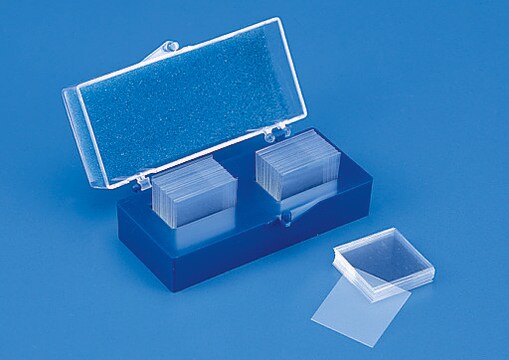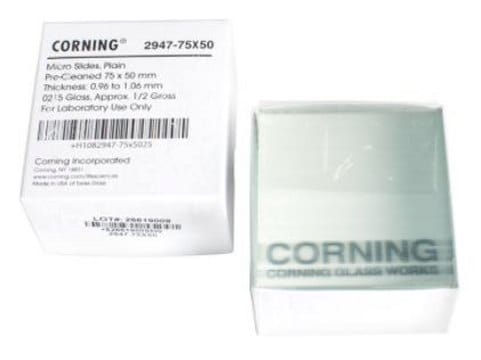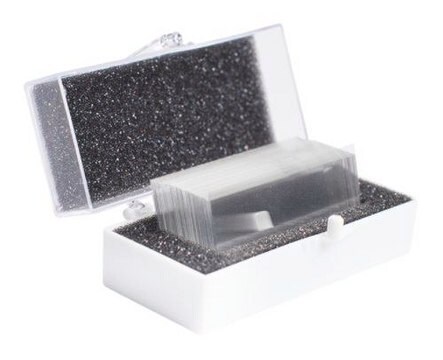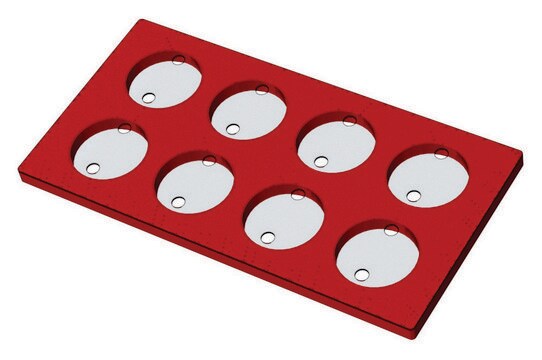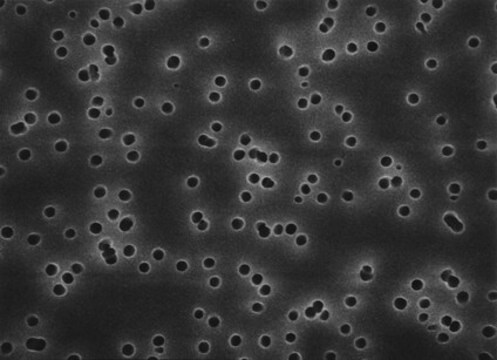GTTP04700
Polycarbonate Membrane Filter, 0.22 μm Pore Size
Isopore™, filter diam. 47 mm, hydrophilic, white
Synonim(y):
Hydrophilic polycarbonate membrane filter, Isopore™ Membrane Filter, Polycarbonate membrane filter discs
About This Item
Polecane produkty
Materiały
plain filter
polycarbonate membrane
white filter
sterylność
non-sterile
Właściwości
hydrophilic
producent / nazwa handlowa
Isopore™
Millipore
Parametry
0.007 L/min-cm2-psi air flow rate
140 °C max. temp.
3.36 mL/min-cm2-psi water flow rate (maximum flow rate per 1.0 psi)
~16 mL/min-cm2 water flow rate at 10 psi (typical results)
śr. filtra
47 mm
grubość
25 μm
substancje ekstrahujące się grawimetrycznie
<1%
kolor
white
współczynnik refrakcji
n/D 1.6
macierz
Isopore™
wielkość porów
0.22 μm pore size
13.8 % porosity
punkt pęcherzykowania
≥5.2 bar, air with water at 23 °C
Warunki transportu
ambient
Szukasz podobnych produktów? Odwiedź Przewodnik dotyczący porównywania produktów
Opis ogólny
Zastosowanie
- Chemotaxis
- Bioassays
- Cytology
- Air monitoring
- SEM analysis
- Sterility testing
- Microplastics analysis
- Microplastics analysis grade water
- water filtration for metagenomic studies
- the recovery of planktonic microorganisms
- air monitoring
- epifluorescent microscopy
- chemotaxis assays
Cechy i korzyści
- Membrane structure retains particles on the surface, simplifying counting and analysis
- Isopore™ membranes do not stain, resulting in low background interference
- Non-hygroscopic, allowing for rapid drying and reduced sample analysis time
- Translucent material does not require clearing for transmitted light microscopy; also available in brown variety
Przestroga
Informacje prawne
Certyfikaty analizy (CoA)
Poszukaj Certyfikaty analizy (CoA), wpisując numer partii/serii produktów. Numery serii i partii można znaleźć na etykiecie produktu po słowach „seria” lub „partia”.
Masz już ten produkt?
Dokumenty związane z niedawno zakupionymi produktami zostały zamieszczone w Bibliotece dokumentów.
Klienci oglądali również te produkty
Nasz zespół naukowców ma doświadczenie we wszystkich obszarach badań, w tym w naukach przyrodniczych, materiałoznawstwie, syntezie chemicznej, chromatografii, analityce i wielu innych dziedzinach.
Skontaktuj się z zespołem ds. pomocy technicznej